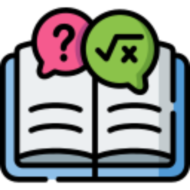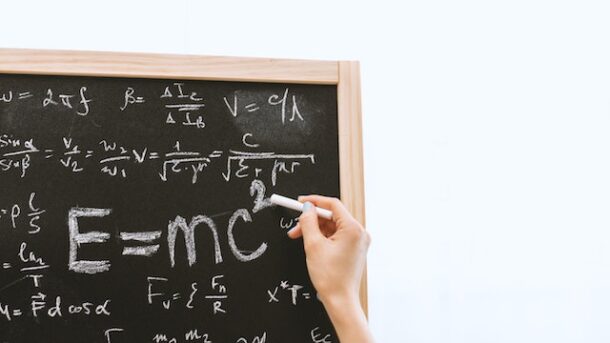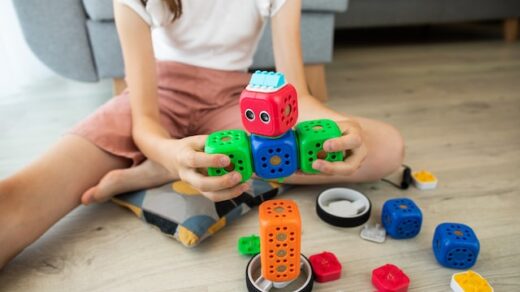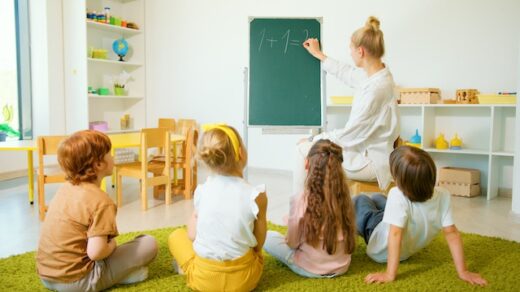Addition and subtraction are two of the most fundamental concepts in math, and learning them well is key for students.
Addition Worksheets For Grade 1
These addition worksheets for grade 1 give kids the practice they need to master these skills. With these worksheets, students can focus on adding single-digit numbers, as well as solving simple addition and subtraction problems.
Number Lines
Addition worksheets for grade 1 help children learn the concept of addition in a fun and interactive way. Number lines are a great visual aid to use in maths, as they make it easy for children to see what is being added and how it fits together.
The line can be used to mark positive, negative or whole numbers or fractions at regular intervals. These visual learning tools are a great way to boost mental arithmetic skills and encourage students to count backwards and forwards and understand that the number to the right is larger than the number to the left.
Kindergarteners can practice using number lines to count up to 10 with these open number line worksheets. They can also use them to compare numbers or carry out arithmetic operations such as adding and subtraction.
These free addition worksheets can be printed out and completed at home. They include activities such as reading number lines, drawing hops on the line, finding missing addends and identifying sums based on hops.
Tens Frames
Ten frames are a great way to teach math and help kids develop their number sense. They are easy to use and they can be fun as well!
Teachers can use ten frame activities to practice counting, one to one correspondence and mixing units together. They can also be used for adding, subtracting and comparing numbers.
In addition, ten frame worksheets can be used to practice addition equations. Students can color a ten frame to represent each addition problem. This helps them visualize the addition problem and gain a better understanding of how to solve it.
Another way to use ten frames is to make two ten frames next to each other and have children copy whatever is on the first frame onto the second. This creates a variety of learning opportunities for kids, including symmetry.
Word Problems – Addition Worksheets For Grade 1
Word problems can be a great way to teach students how to solve a variety of math concepts. They also provide a chance to practice and master new skills.
They can be used as part of a whole-class lesson, as an independent activity, or as an assessment tool. They help teachers see how well students are grasping the content and can help parents understand how their child is progressing in the classroom.
These word problems also allow students to use different strategies in solving them, which is often referred to as adaptive reasoning. This is important because it helps students build a foundation for understanding new content and gives them an opportunity to practice a different approach with each problem they complete.
These word problems also place 2nd grade math concepts in contexts that students can relate to, such as time, money, fractions, and lengths. They are a great way to reinforce what your students have learned and give them a glimpse of how math is actually used in the real world.

Unplugged Math Games
Unplugged math games are a great way to get your students involved in learning their math concepts. They are easy to implement and can help students retain important number facts and algorithmic procedures without a lot of pressure.
You can even use them to supplement your regular lesson plans. These activities can help students practice a variety of different skills and processes, from adding to counting.
For example, you can try playing Battleship to teach students how to count up to 100. The game requires students to roll a die and add the number they rolled, then subtract again.
These games can be especially useful for teaching students the properties of numbers and their relationship with other numbers, as well as number words. They also can help students develop logical reasoning and mathematical communication, which are critical to a successful mathematics education.




